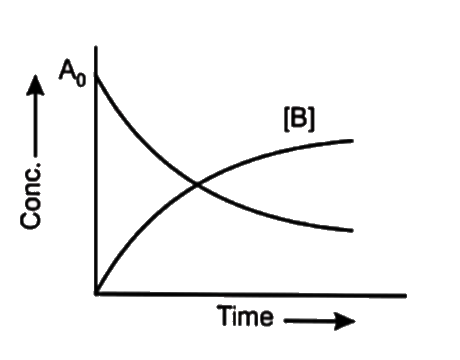At the given point of intersection of the two curves shown concentration of B is given by ………for, A=3B
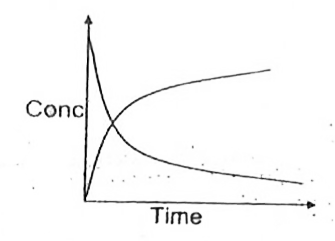
A
4/3A0
B
3/4A0
C
1/3A0
D
1/4A0
Text Solution
The correct Answer is:B
|
Topper's Solved these Questions
- CHEMICAL KINETICS AND RADIOACTIVITYBOOK - FIITJEECHAPTER - CHEMICAL KINETICS AND RADIOACTIVITYEXERCISE - Assignment problems (Objective) Level-II
21 Videos
- CHEMICAL KINETICS AND RADIOACTIVITYBOOK - FIITJEECHAPTER - CHEMICAL KINETICS AND RADIOACTIVITYEXERCISE - Assignment problems (Objective) Level-II (Comprehension-I)
5 Videos
- CHEMICAL KINETICS AND RADIOACTIVITYBOOK - FIITJEECHAPTER - CHEMICAL KINETICS AND RADIOACTIVITYEXERCISE - Assignment problems (Subjective) Level-II
15 Videos
- CHEMICAL EQUILIBRIUMBOOK - FIITJEECHAPTER - CHEMICAL EQUILIBRIUMEXERCISE - MATCHING TYPE QUESTIONS
3 Videos
- CHEMISTRY IN EVERY DAY LIFE BOOK - FIITJEECHAPTER - CHEMISTRY IN EVERY DAY LIFE EXERCISE - ASSIGNMENT PROBLEMS (OBJECTIVE) Level - II (Numerical Based Questions)
5 Videos
Similar Questions
Knowledge Check
At the point of intersection of the two curves shown, the conc. of B is given by ……… for, A→nB:
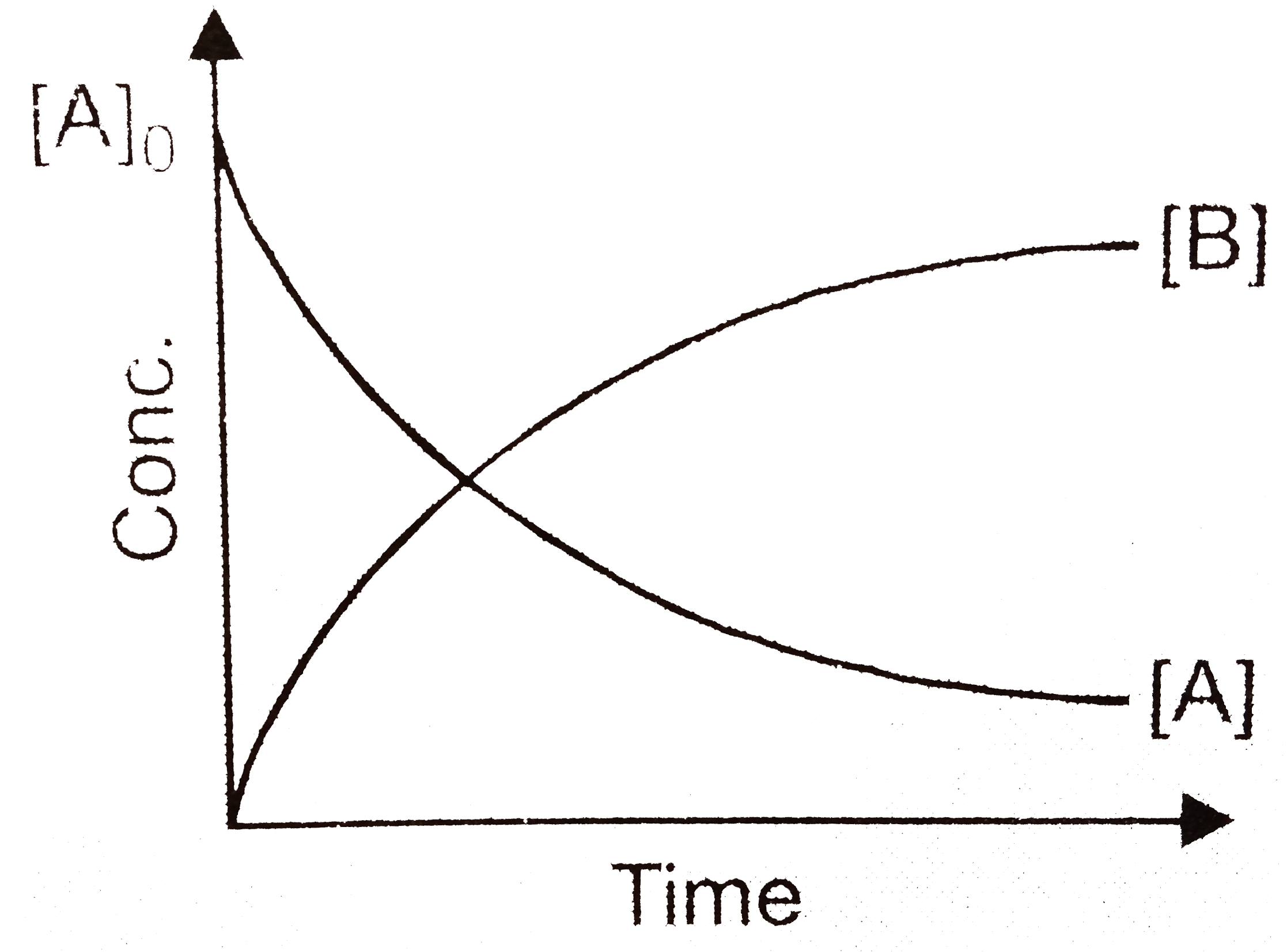 AnA02BA0n−1CnA0n+1D(n−1n+1)A0
AnA02BA0n−1CnA0n+1D(n−1n+1)A0At the point of intersection of the two curves shown, the conc.of B is given by….. ….. ……….for, A→nB
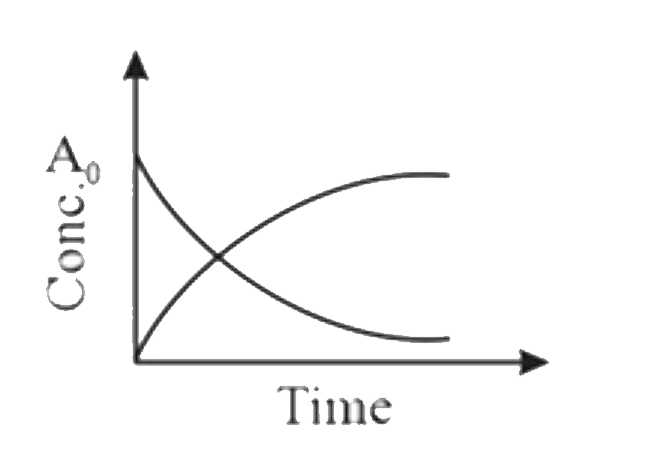 AnA02BA0n−1CnA0n+1D(n−1n+1)A0
AnA02BA0n−1CnA0n+1D(n−1n+1)A0At the point of intersection of the two curves shown, calculate the concentration of B in the first order reaction A→nB.
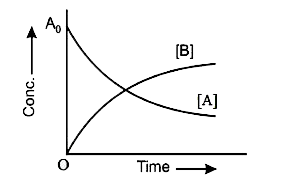 AnA02BA0n−1CnA0n+1D(n−1n=1)A0
AnA02BA0n−1CnA0n+1D(n−1n=1)A0
At the point of intersection of the two curves shown, the conc. of B is given by ……… for, A→nB:

View SolutionAt the point of intersection of the two curves shown for the reaction
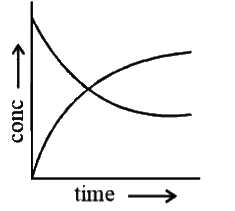
A→nB time →
then concentration of B is given by :
View SolutionTwo poles of height a metres and b metres are p metres apart. Prove that the height of the point of intersection of the lines joining the top of each pole to the foot of the opposite pole is given by aba+b metres.
View SolutionThe locus of the point equidistant from two given points a and b is given by
View SolutionFor the reaction A+B→C+D The variation of the concentration of the products is given by the curve
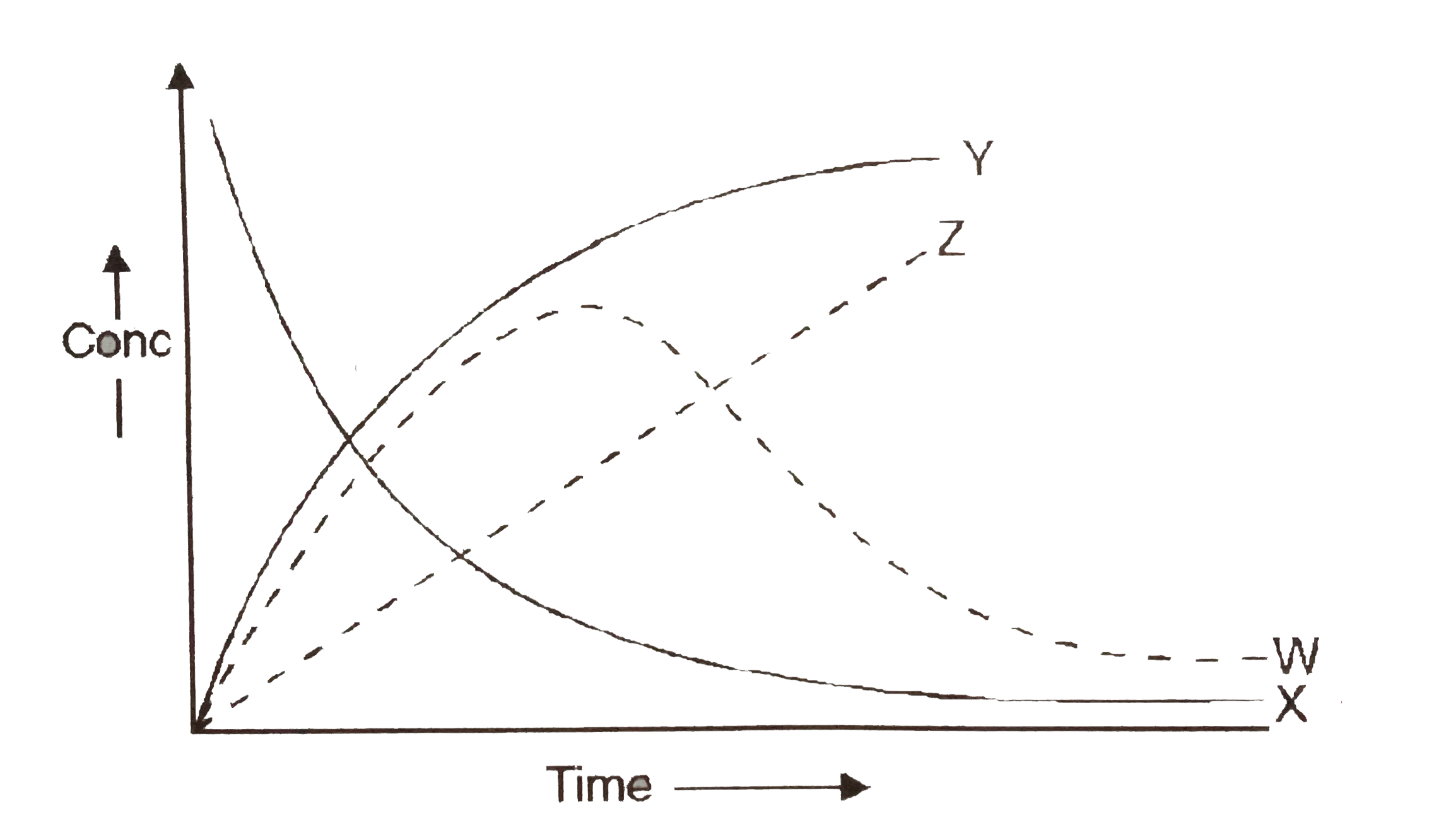
View Solution

